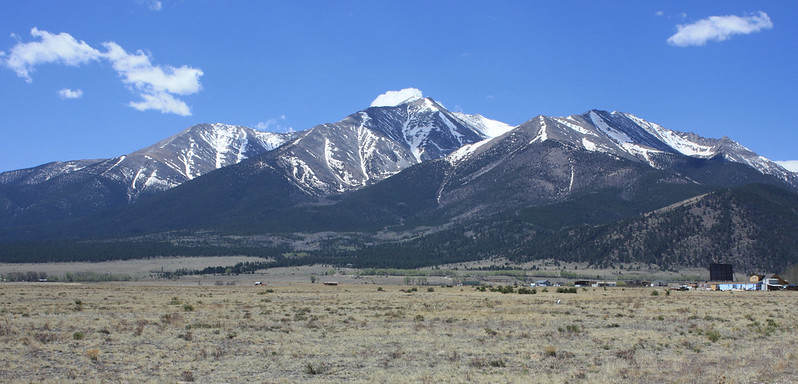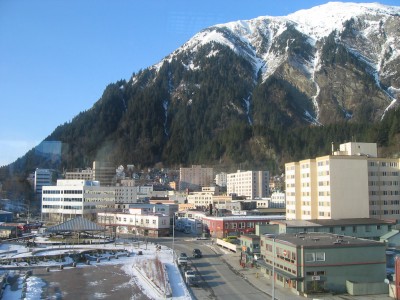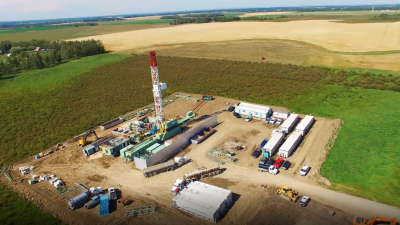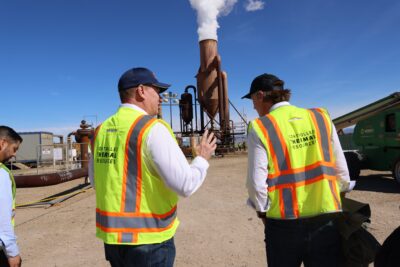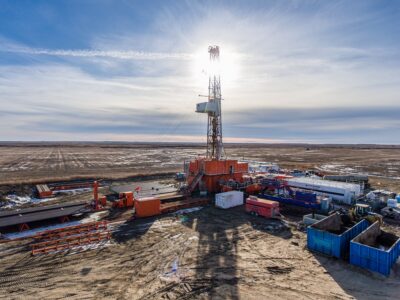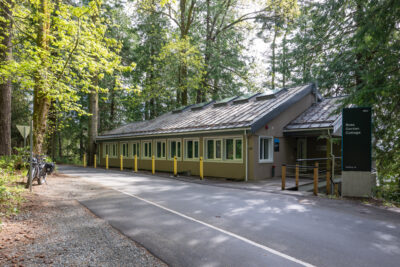Mt. Princeton Geothermal provides details on proposed Colorado project
Mt. Princeton Geothermal has provided more details on a planned 10-MW geothermal power project in Chaffee County, Colorado during a community event.
Mt. Princeton Geothermal LLC (MPG) recently held a community event at the town hall of Buena Vista in Chaffee County, Colorado to provide detailed information and answer questions about a proposed 10-MW geothermal power project near the base of the Fourteener Mountains. MPG Founder Hank Held and Exploratory Geologist Fred Henderson were on hand during the event to answer questions and address come concerns.
There has been earnest effort to encourage geothermal development in Colorado with a bipartisan “Heat Beneath Our Feet” initiative in 2022 and a grant program for geothermal projects launched less than a month ago. There are already some direct applications of geothermal heating in Colorado but a geothermal power project is yet to be realized.
Project details
MPG currently holds a lease for 3000 acres of land in the Maxwell Park area near the Lost Creek subdivision. The planned power plant will have a footprint of only 1.62 acres, located in a gully below the level of a nearby road. This will reduce the visual footprint of the power plant and dampen the sound emanating from it.
The project timeline indicates the drilling of two wells in the second and third quarters of 2024. Held said that drilling will take about three weeks per well. The reservoir being targeted is expected to be at a depth between 4500 to 6000 feet (1371 to 1828 meters).
A binary power plant is planned for the project, further lessening its visual footprint and ensuring that the system operates in a closed loop.
However, Held emphasized that these plans may change based on the results of test drilling. “The constant theme throughout this presentation is that these are only estimates. We don’t know where we’re going to build, how we’re going to build, or if we’re going to build. It all depends on the results from the drilling. If we find the heat and the amount of water needed to carry that heat, we’ll have to see. If it doesn’t come up to those requirements, the project stops right there.”
Site selection and seismic risks
The site of the proposed project was selected due to favorable geology and the results of surface studies. Chaffee County is located at the northern region and the narrowest part of the Rio Grande Rift, providing natural structural permeability without the need for reservoir stimulation.
Magnetotelluric data identified a low-resistance anomaly indicating the location of an underground reservoir of hot water, and the waters in Chaffee County bear geochemical indicators of having a geothermal origin. Held says that the project site is the best site in Colorado to develop geothermal.
Held said that MPG believes that the site has potential for up to 40 MW of power output, but they are only planning to build 10 MW at the moment.
Henderson also addressed concerns over induced seismicity caused by activities in the proposed geothermal power plant, stating that the extensional nature of the rift valley makes earthquakes very unlikely.
Another advantage of the proposed site is that the 10-MW transmission line of XCel Energy runs right above it.
Power offtake
There are currently no power offtake agreements yet for the proposed geothermal project. Held says that they are currently in talks with the Sangro de Cristo Electric Association (SCDEA) and Tri-State Generation and Transmission.
Mike Allen, Energy Use Advisor for SCDEA, commented that is too early in the project development phase to come to an agreement. “What the utility landscape will look like in three years, five years, it’s hard to tell.”
Allen also mentioned that their current contract with Tri-State allows CDEA to source 5% of its power from locally-generated and self-controlled sources.
“Until you know that you have a plant and how big it is, you can’t really determine whether it would be a load suitable for us. Would it be too large for us? And no one knows what the cost of power would be from that at this point, assuming the resource was there.”
Source: Ark Valley Voice and Chaffee County Times
